As a developing economy, India has numerous developmental aspirations. How India meets these goals without worsening the climate crisis is at the heart of CSTEP's work. Addressing climate change and enabling a secure and sustainable future for Indian citizens require an overhaul of previous paradigms on development and resource utilisation. This is reflected in our work on developing low-carbon trajectories for development with an emphasis on nature-based solutions.
We are working with state governments across India to build capacity on risk and vulnerability assessments to inform their respective action plans on climate change. The transition from fossil fuels to renewable energy is crucial to achieving a secure and sustainable future. CSTEP's studies explore the possibility of a greater integration of renewables in the energy sector.

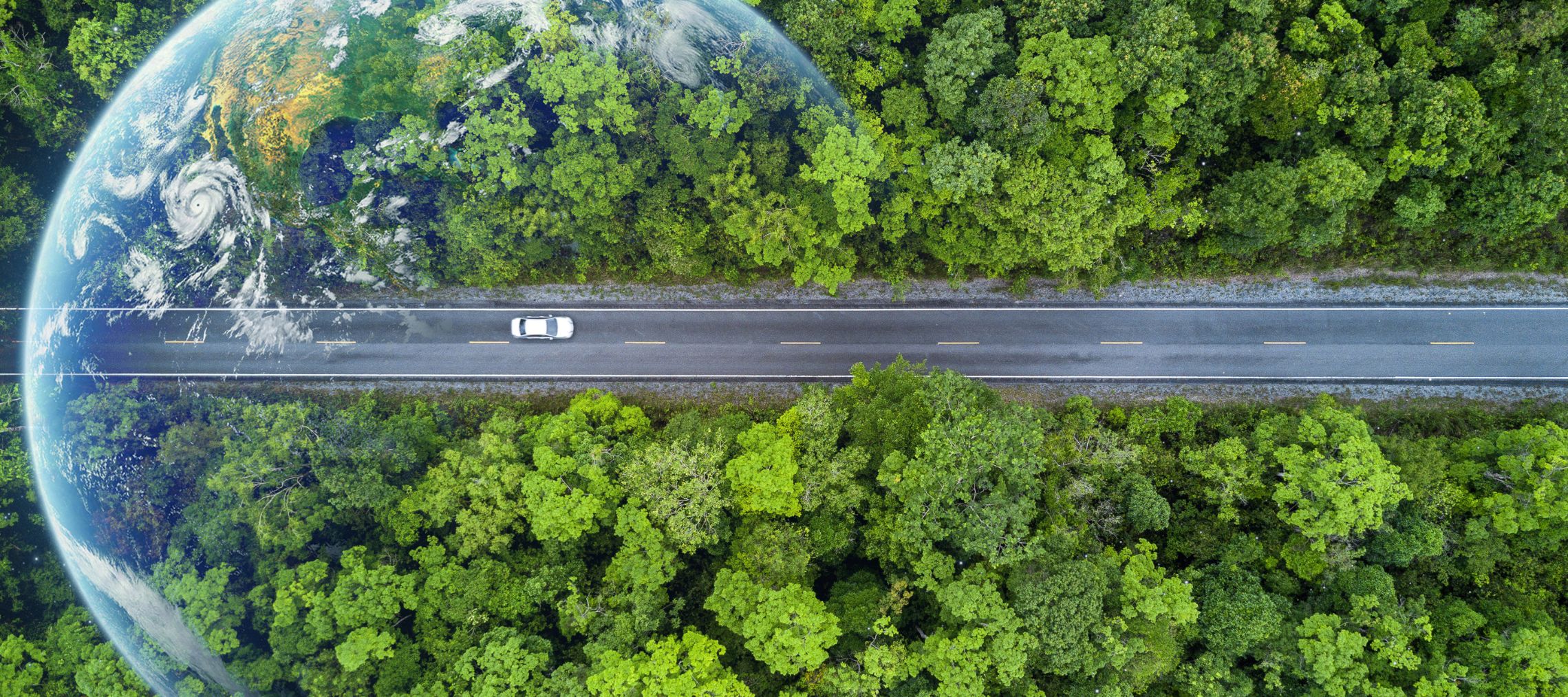
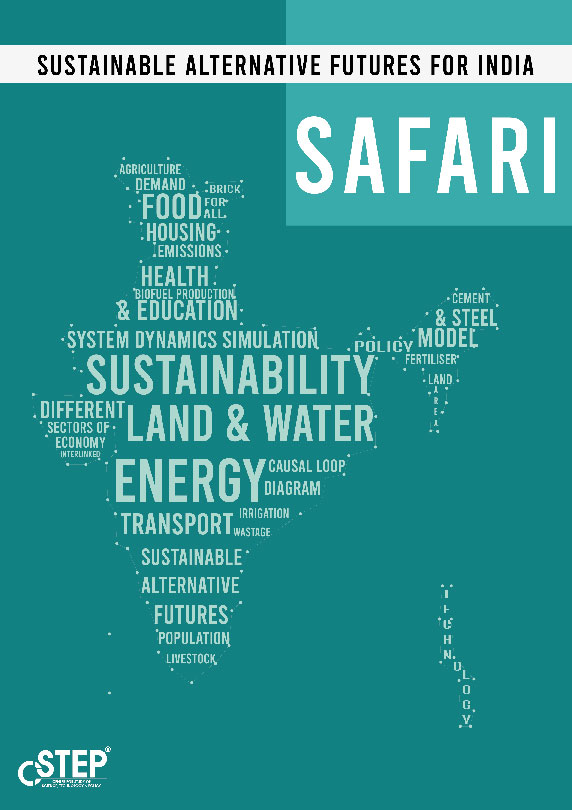
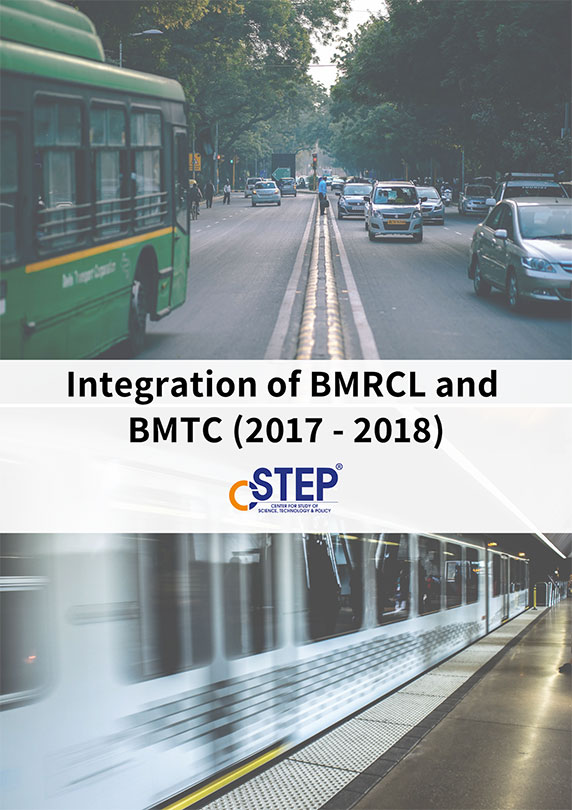
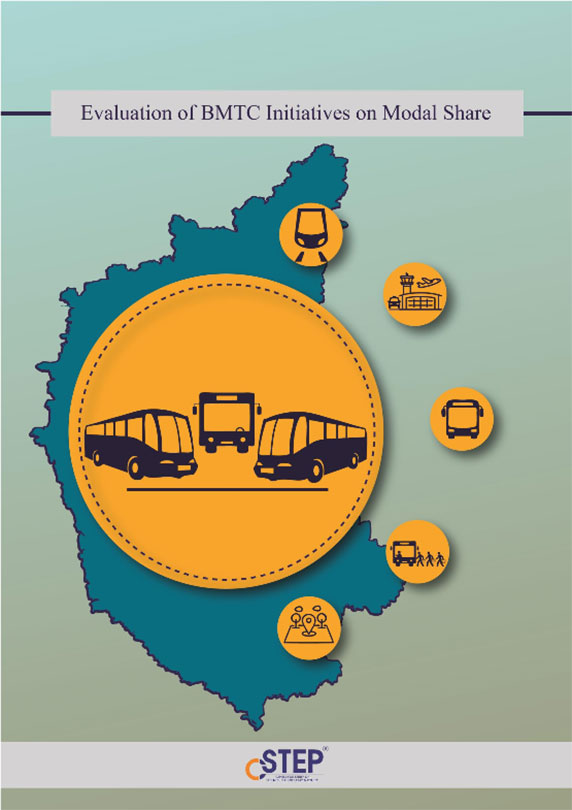
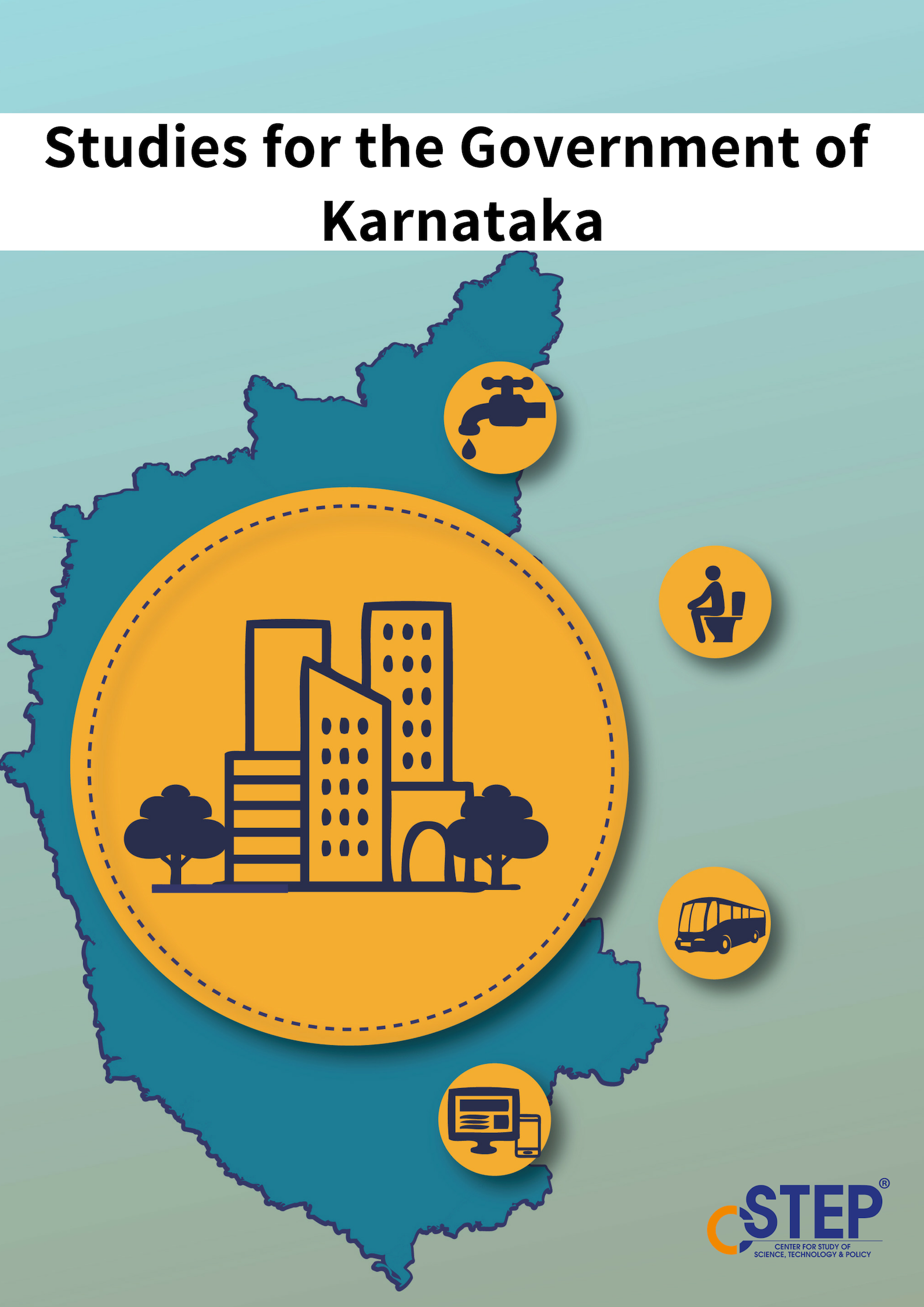

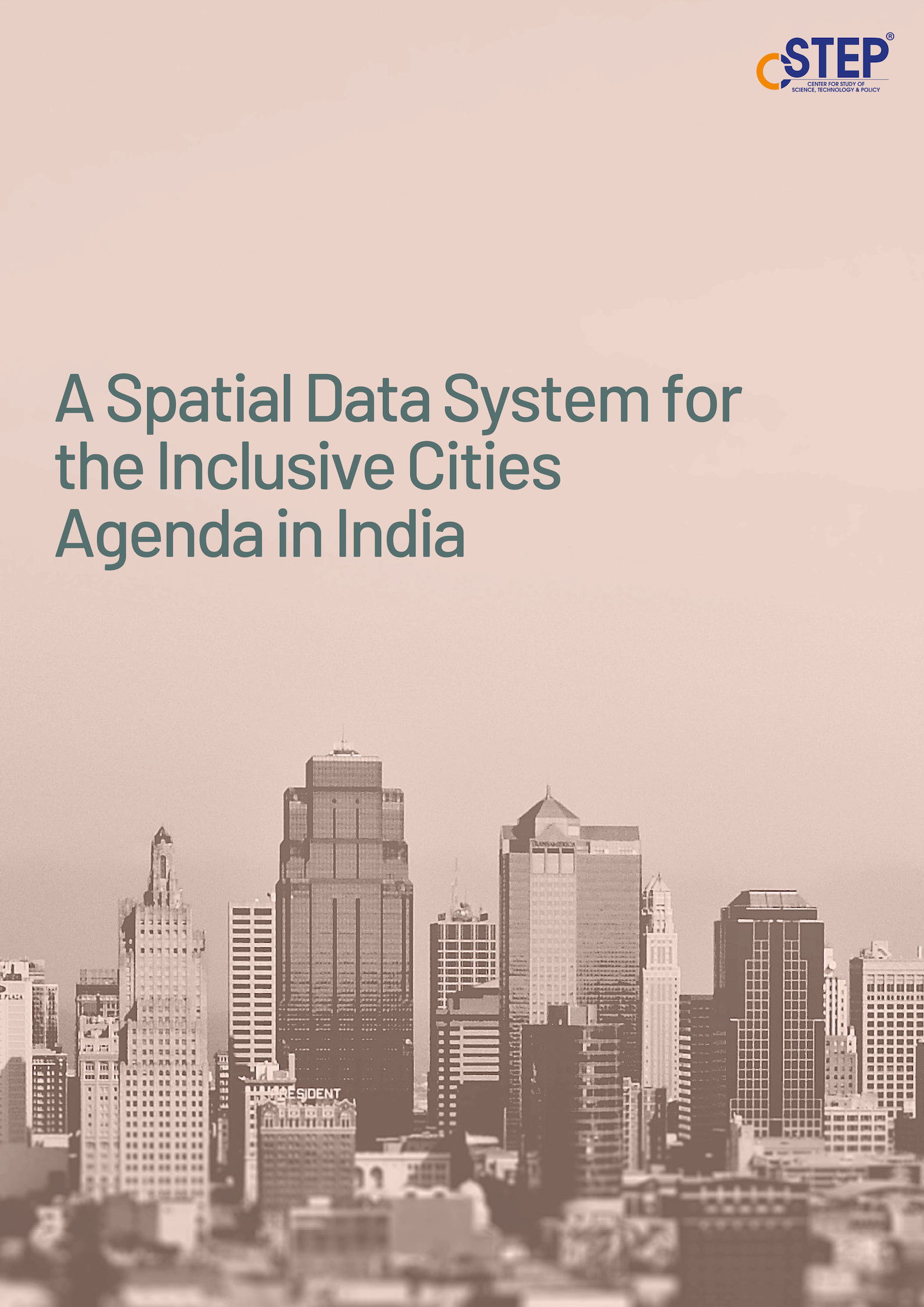
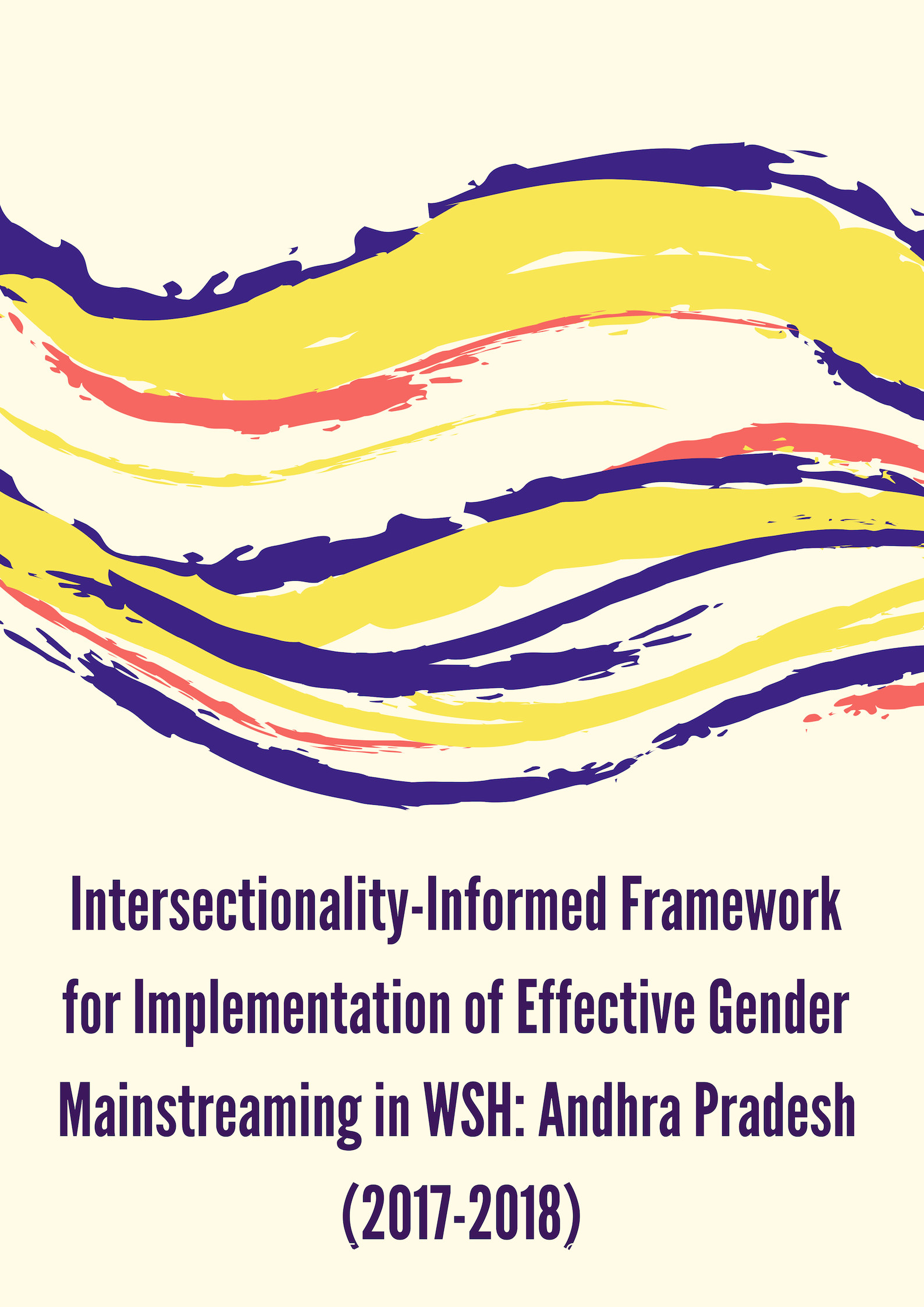
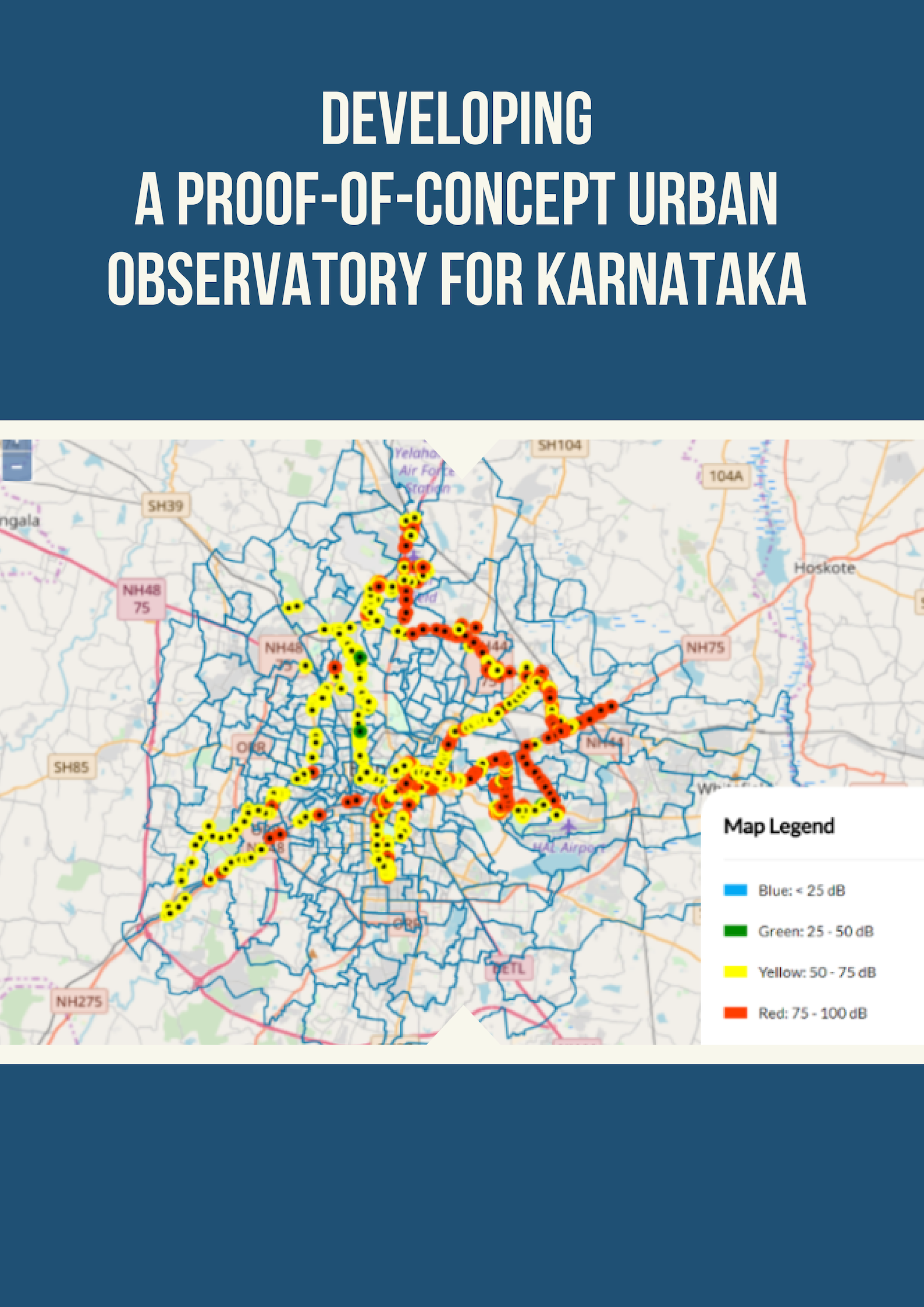
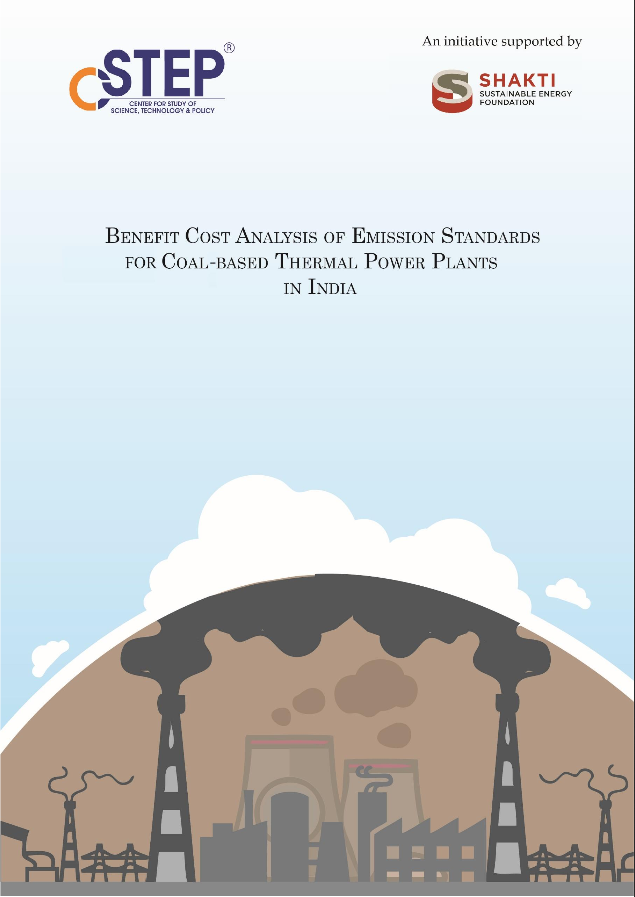


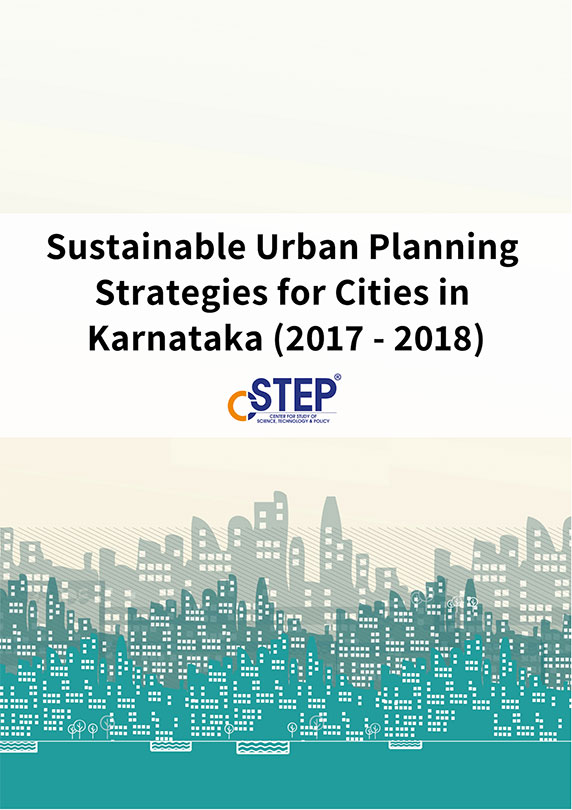



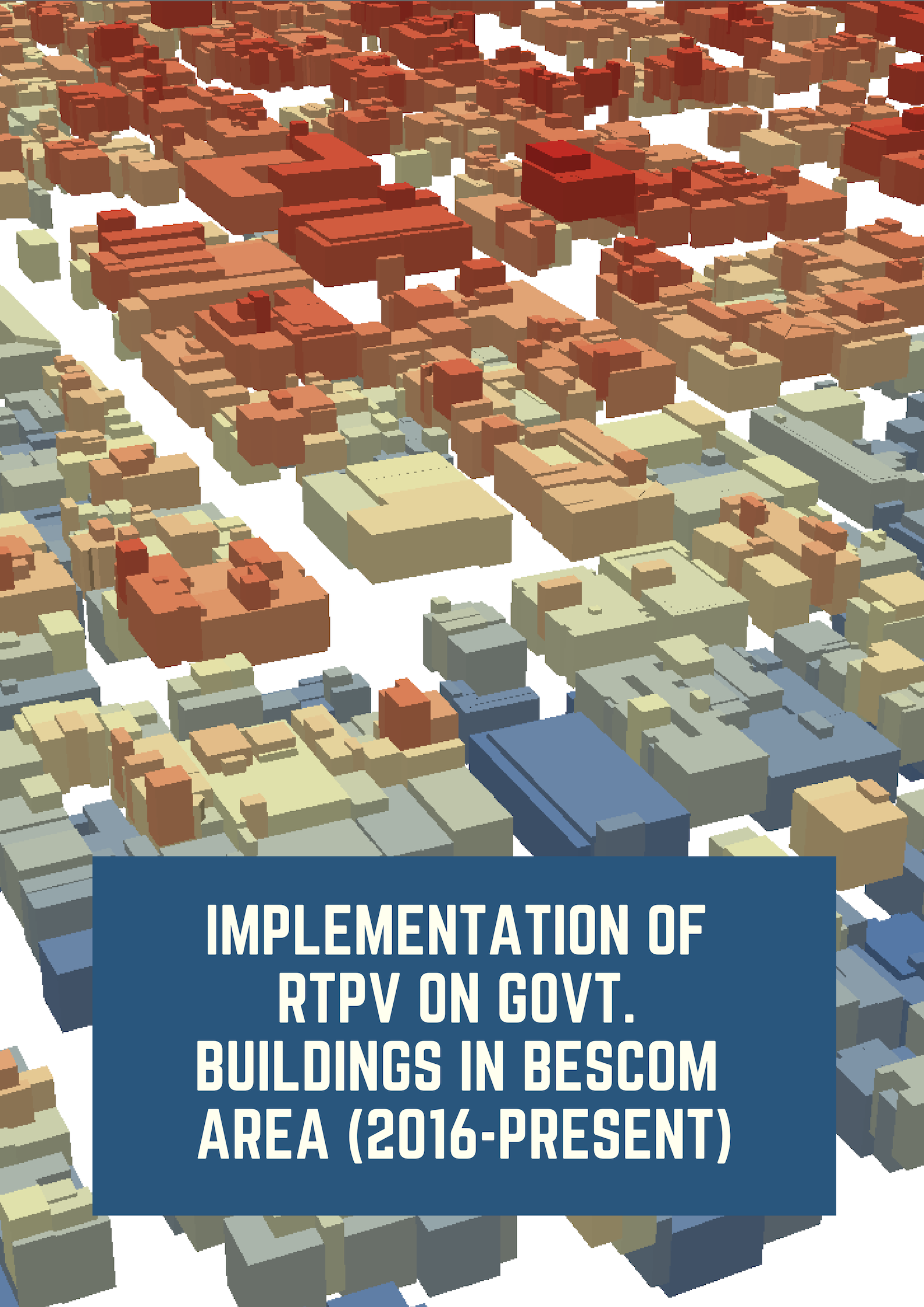
COP 26: What India Must Do
India must follow a three-fold strategy at the UN Climate Change conference. It must call upon developed countries to advance their net-zero target years by a decade or two. It should draw focus on shorter-term climate goals, particularly for developed countries, and highlight the enormous scale of finance needed for climate action in developing countries.
Climate Change Could Disrupt Transition to Renewable Energy
The draft Karnataka Renewable Energy Policy 2021-2026, issued by the Karnataka Renewable Energy Development Limited recently, targets developing 20 GW of renewable energy (RE) projects in the state with and without energy storage. The state plans to build RE parks and develop solar, wind, solar–wind hybrid, biomass, waste-to-energy, and mini and small hydro energy projects. Among various projects, the promotion of rooftop and floating solar projects is also planned.
Assessment Framework to Identify Location for Public Charging Stations
Karnataka is at the forefront of the EV revolution in India, with the state government’s Karnataka Electric Vehicle and Energy Storage Policy, 2017, targeting 100% EV penetration in the IPT segment in Bengaluru by 2030. Though the current share of passenger transport vehicles (three-wheelers, cabs, and public buses) of the total registered vehicles in Bengaluru is ~10%, the daily distance travelled by these vehicles is significantly high (private cars and two-wheelers run ~10 km and autorickshaws/cabs run ~150–300 km per day).
Business Models For Public Charging Stations In India
Public charging stations provide psychological comfort and security to the owners of electric vehicles (EV), promoting its adoption. Realising this, the Government of India issued guidelines for installation of public EV chargers and also permitted private entities to set up charging stations, provided they fulfil the norms set forth by the Ministry of Power.
